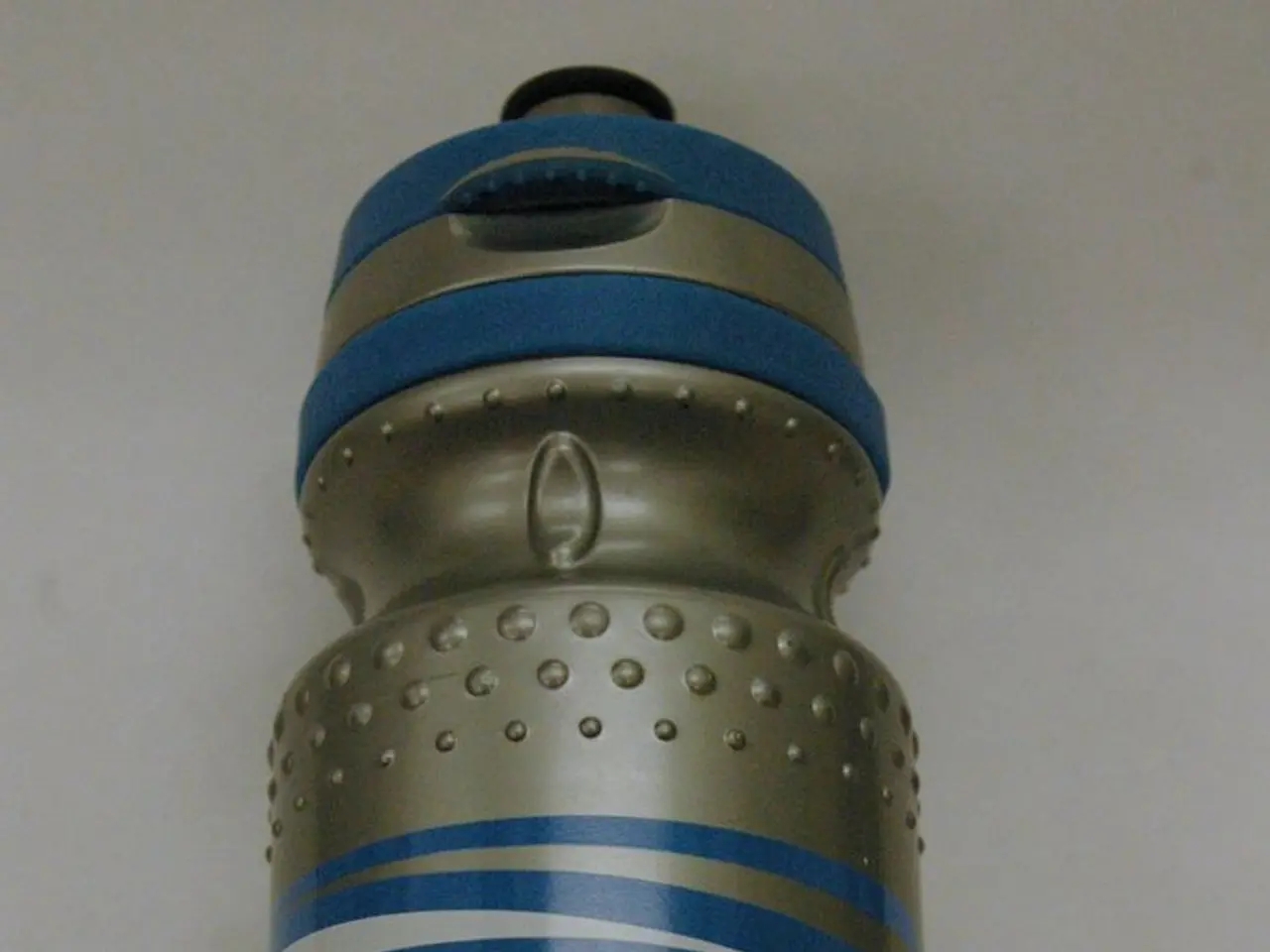Exploring the Structural Aspects of Cyclohexanone: Insights from Infrared Spectroscopy Analysis
Cyclohexanone, a common organic compound, can be identified and analysed using a powerful analytical technique called spectroscopy. This non-invasive method provides valuable insights into a molecule's structure and composition.
The Power of Spectroscopy
Spectroscopy is a versatile tool that allows scientists to identify the unique characteristics of molecules. It works by exposing a sample to electromagnetic radiation and analysing the resulting interaction. By studying the absorbed or emitted light, spectroscopy can reveal information about functional groups, bonds, and other structural details.
Cyclohexanone's IR Spectral Fingerprint
When it comes to cyclohexanone, infrared (IR) spectroscopy plays a crucial role. This compound, characterised by a ketone group and a saturated cyclohexane ring, exhibits distinct absorption bands in the IR spectrum.
The most definitive marker for cyclohexanone is the strong, sharp carbonyl stretch around 1710–1725 cm⁻¹. This absorption band confirms the presence of the ketone group. Additionally, alkane C–H stretching vibrations can be found around 2800–3000 cm⁻¹, and C–H bending vibrations appear around 1400–1450 cm⁻¹. These bands support the cyclic saturated structure of cyclohexanone.
Determining Concentration with the Beer-Lambert Law
The Beer-Lambert Law, a fundamental principle in spectroscopy, states that the amount of light a molecule absorbs is directly related to its concentration. This law can be used to determine the concentration of cyclohexanone in a sample by measuring the intensity of the absorption bands.
Applications of Spectroscopy
Spectroscopy finds extensive applications across various fields, including chemistry, biology, medicine, and materials science. Its ability to identify unknown compounds and analyse their structures makes it an indispensable tool in modern research and development.
In the case of cyclohexanone, IR spectroscopy provides a reliable method for identifying this compound and understanding its properties. By understanding the unique spectral fingerprint of cyclohexanone, scientists can gain valuable insights into its behaviour and potential applications.
Spectroscopy, utilized in identifying the unique characteristics of molecules, offers crucial insights into medical-conditions related compounds through the study of absorbed or emitted light. For instance, infrared (IR) spectroscopy reveals Cyclohexanone's structure and composition, with the ketone group's presence confirmed by a strong, sharp carbonyl stretch around 1710–1725 cm⁻¹, while the compound's saturated cyclohexane ring is supported by alkane C–H stretching vibrations around 2800–3000 cm⁻¹ and C–H bending vibrations around 1400–1450 cm⁻¹, all facilitated by advances in technology.








